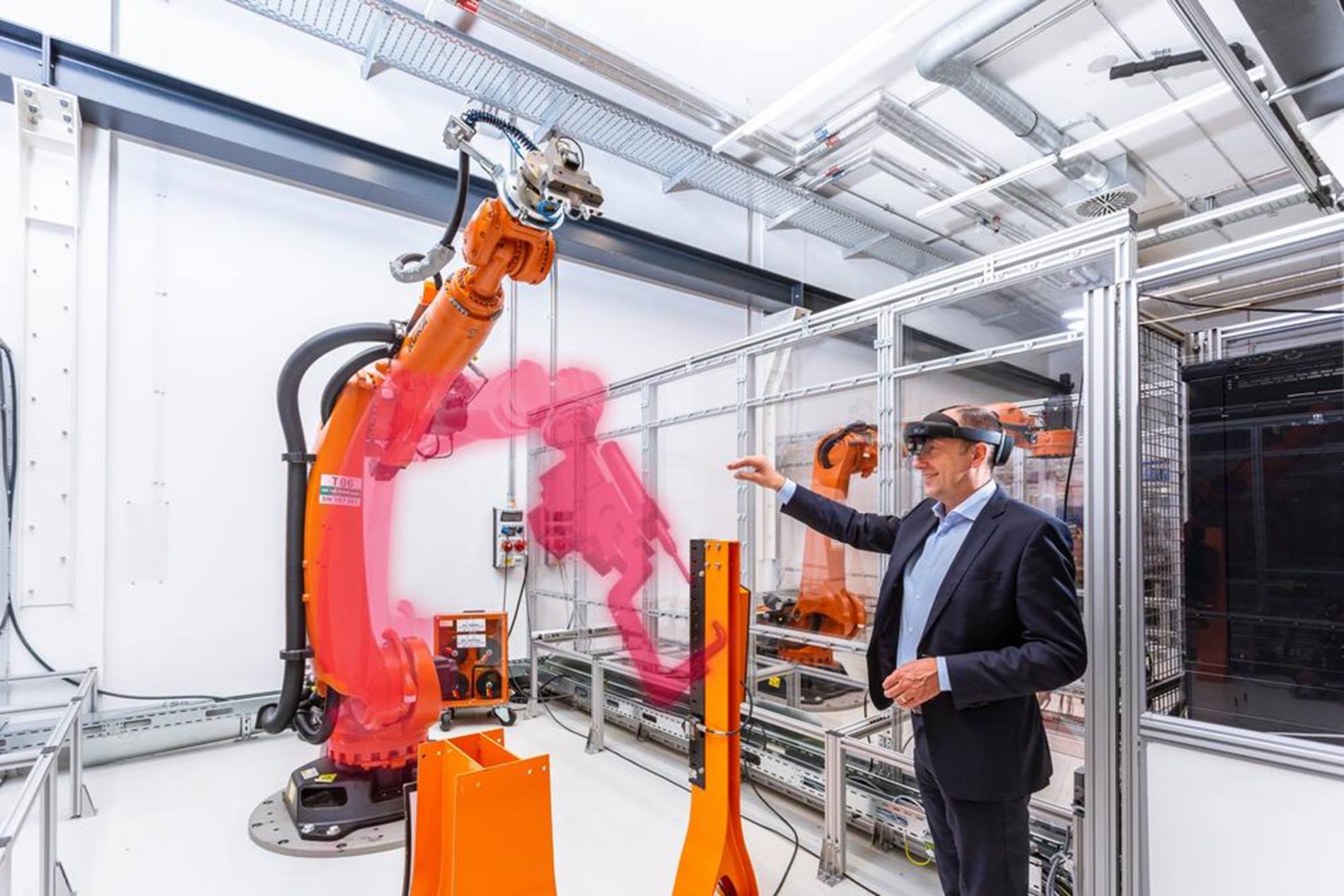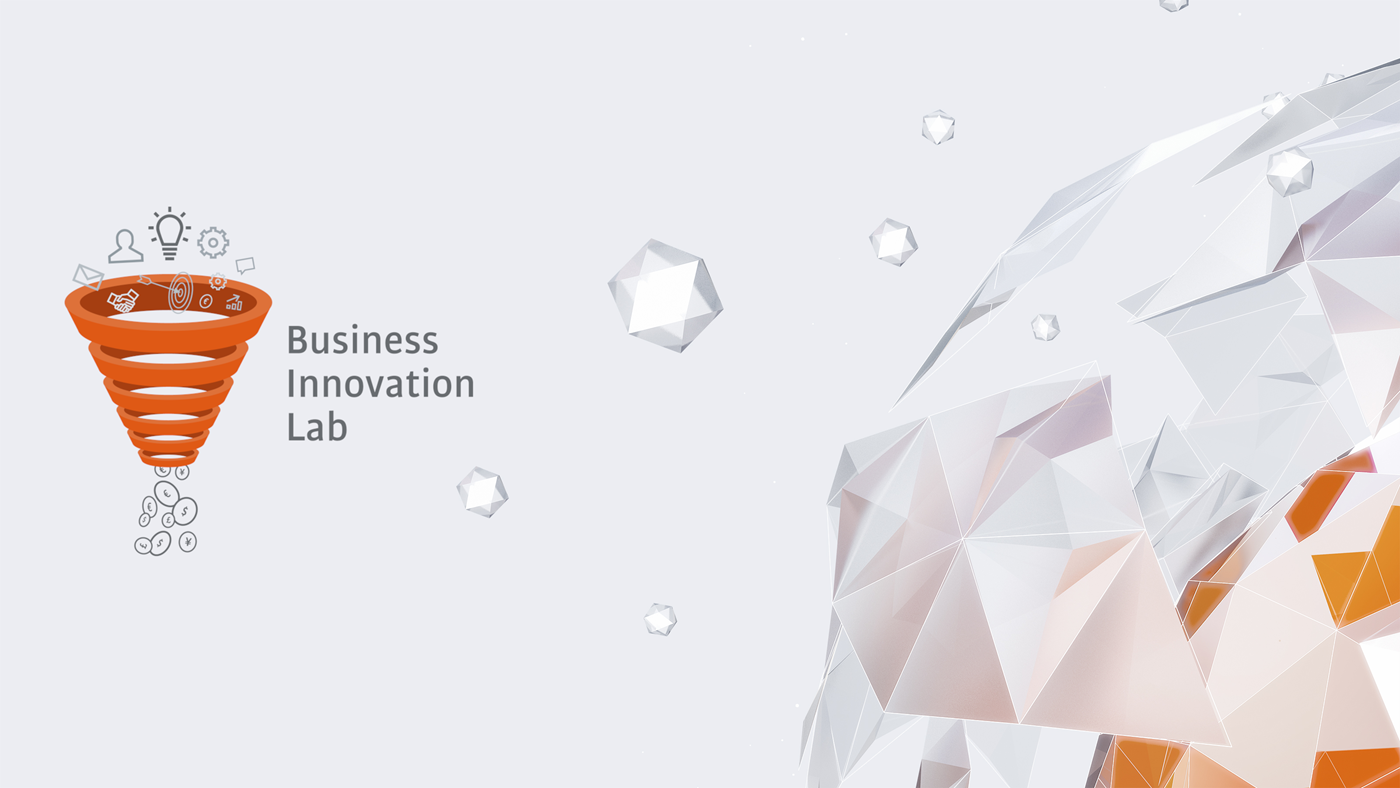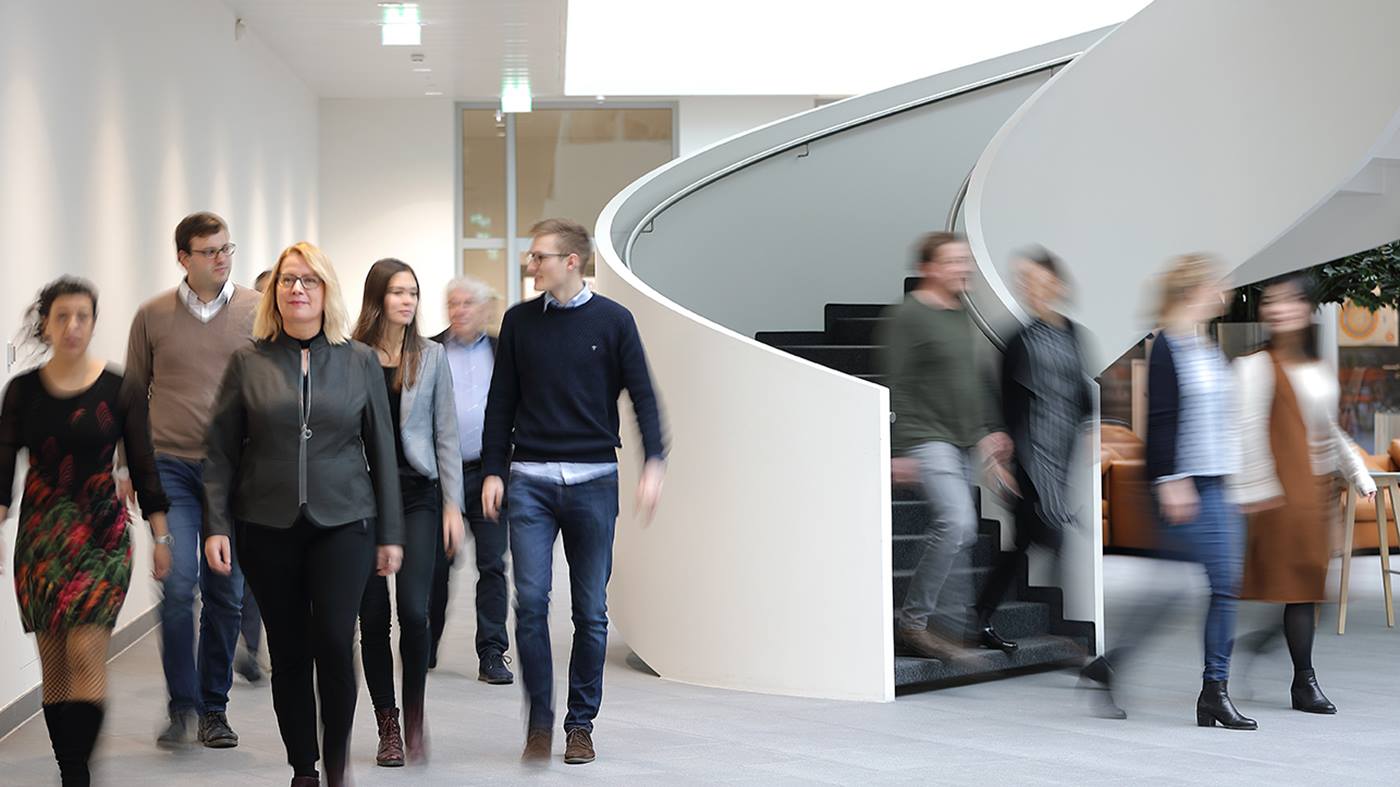Ready for series production
Therefore, for an idea to become an innovation, at least three things have to come together: a problem, understanding of customer requirements, and dedicated problem solvers. Just like the people who have come together in the “Mixed Reality” team. This is the first project at KUKA to go into series production in conjunction with the KUKA Innovation Challenge.














